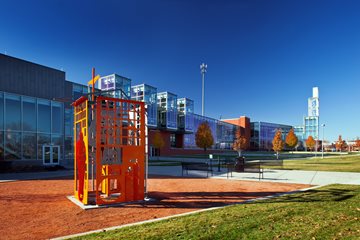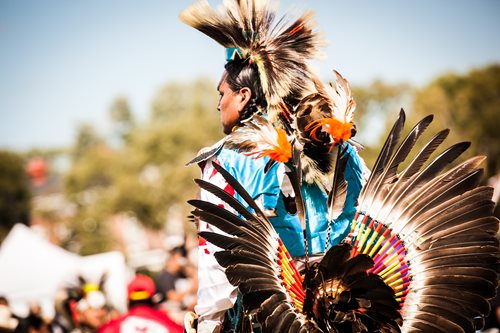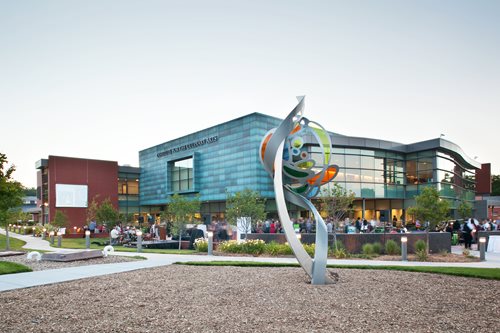Dates: March 27, 2024
Meets: W from 6:00 PM to 8:00 PM
Location: Elkhorn Valley Campus 122
Registration Fee: $35.00
Sorry, we are no longer accepting registrations for this course. Please contact our office to find out if it will be rescheduled, or if alternative classes are available.
For most of the 19th century Nebraska was an enigma. Gradually, through reports transmitted by military expeditions, fur trappers, and European adventurers the 'unorganized territory' began to take shape in the minds of Eastern observers. However, it was not until the 1860s that Nebraska took on an increased significance as the Homestead Act, the transcontinental railroad, and conflicts with Native Americans placed the Great Plains at the center of the nation's post Civil War attention. This course will examine Nebraska's early history through the eyes of its influential visitors: Stephen Harriman Long, Karl Bodmer, John C. Fremont, Buffalo Bill Cody, Henry Morton Stanley, and Rudyard Kipling. Nebraska's first impressions weren't always positive; but through a mixture of paintings, travelogues, and newspaper accounts hopefully we can better understand Nebraska's fascinating origin story.
| Fee: | $35.00 |
|---|---|
| Hours: | 2.00 |
| CEUs: | 0.20 |
Elkhorn Valley Campus 122
Quintin Slovek
Quintin Slovek is a fourth-generation Omahan and a graduate of Loyola University Chicago and the University of Alabama American Studies Master's Program where he focused on early 20th century popular culture. Quintin worked as a teacher's assistant and later guest-lecturer for Omaha Public Schools award-winning Making Invisible Histories Visible Program from 2013 to 2019. He also served as an assistant artist and historical researcher for the South Omaha Mural Project, a public art series dedicated to the area's immigrant communities. He has also worked as a tour guide for the last three years, primarily focused on the Old Market area. His interests include labor and immigration history, Prohibition and organized crime, and collecting the merch of old-school Omaha restaurants, breweries, and other institutions.











